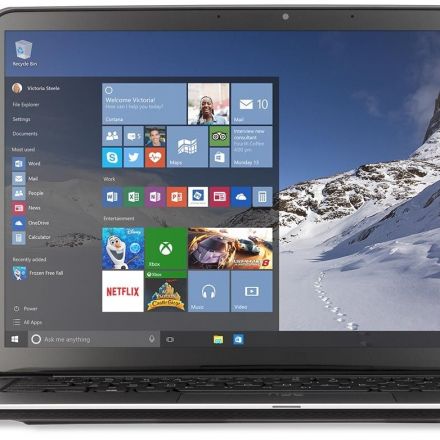

10 years ago
10
Microsoft Admits Windows 10 Automatic Spying Cannot Be Stopped
Last week changes to the Windows 10 upgrade path mean it is going to become increasingly difficult for any non-techy users to avoid being pushed to Microsoft’s new operating system. But given Windows 10 is better than Windows 7 and Windows 8, why would that be a problem? Because of policies like this…
Continue Reading
Additional Contributions:






















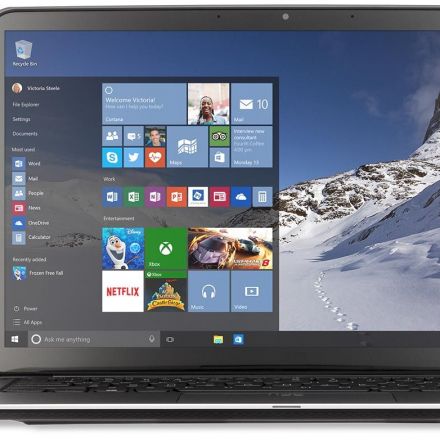
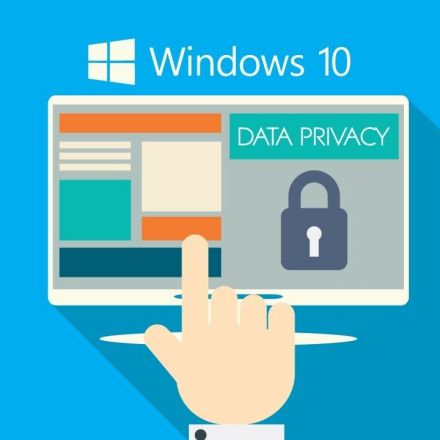
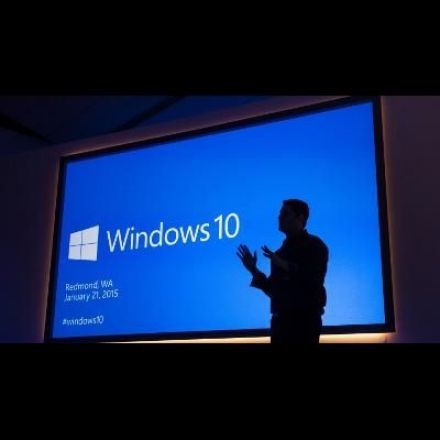

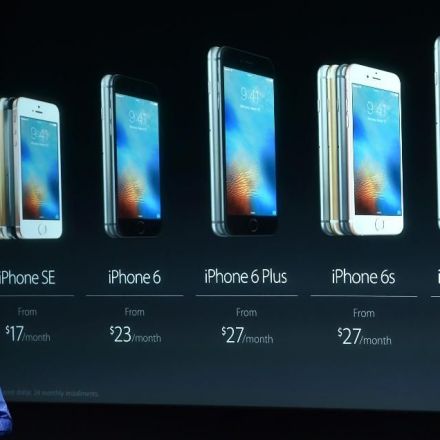
Join the Discussion
The topic of this article seems rather sensationalist.
Sending performance statistics and crash reports is something that nearly every OS either just does or at least has an option for. Windows had this feature for a long time and many Linux distributions do this as well. Having data like that available is very helpful for developers. Also, it is not that hard for a power user to prevent this information from being sent.
Sending crash logs/performance logs/hardware reports is a trade-off. Yes, you are giving up data that might be linked to your person in some way. Though if you want a system that is free of issues and offers good performance than this kind of data needs to be available to the manufacturer of your OS.
The part in the end of the article, concerning browser history and keystrokes needs clarification. Browser history and typed URLs are only being send for the Internet Explorer and Edge. Keystrokes are only logged for apps from the Microsoft Store. You can opt out of this data collection already during the Windows setup.
I am somewhat annoyed by the current media situation concerning Windows 10. Everyone is jumping on the 'spying' issue, making it seem a lot bigger than it actually is and withholding information about how you can avoid the data gathering. Meanwhile, other issues in Windows 10 are completely ignored. For example, many default settings are questionable (see the default settings for sharing updates). Some options like power scheme settings are a lot harder to reach than before, why?
I tried to get some discussion going about these topics, but they always stop at the data collection point.
I'll listen if you're willing to elaborate.
Sure thing.
My current list of issues:
- By default, updates are set to be shared in local network and via internet
This is mostly problematic because it ignores that people have data-caps. While connections can be declared as capped (and thus should not be used for sharing updates), this has to be done by the user and is in no way self explanatory. Simply asking the user if they are on a capped connection before activating the update sharing would make this a lot less problematic.
- The update system is a lot harder to control.
In previous Windows versions it was easy to tell the system not to install certain updates. While this is possible in some versions of Windows 10, it requires an additional tool to be done. Since Windows Update also pushes third party updates, it is absolutely essential to be able to disable them.
Obvious solution: just add a possibility to blacklist updates.
- The UI is inconsistent and unstable.
I experienced quite a few crashes (on multiple systems) of the new settings, Edge and the mail program. This needs to be patched. The current state of consistency is also rather poor. Only some select features have been wrapped in the new UI. There are a lot of cross links, forcing you to jump between old and new while working on the same task. Some features (like the aforementioned power scheme settings) are missing completely.
- Subjectively, the start menu search seems to be a lot worse than it was in 7/8.
In previous Windows versions I never had any trouble to find what I was looking for. Windows 10 does not even show all start menu entries that match the search.
Are you using Windows 10 yourself? Have you experienced anything I overlooked?
The issues concerning updates sounds extra frustrating.
And no, I don't use Windows 10, but I've been thinking about getting a laptop with better specs and newer software, but I'm wary of getting Windows 10 when it has all these kinks and issues to work out.
From what I've read, most of the data that Microsoft sends is pretty harmless.
I really don't care if Microsoft tracks what I do within its apps, as long as specifics are kept out. Want to know how often I use a brush in MS Paint? Fine. Want to know what file I'm using it on, and they want to save it to their servers? No. Even basic information like the amount of RAM a computer has, what CPU it owns and its clock speed, and the GPU a user is using isn't going to really give everything away - unless they're taking in serial numbers or something. Diagnostic information isn't really that valuable to people not working on the apps that they're collecting data on, because most of the time they only send information important to performance and stability. A lot of people like to go nuts and assume Microsoft is using their boot times to figure out that they're part of some Illuminati hacker org or something, but the data that they collect (from what I've seen) is pretty boring and anonymous.
Even then, if you value privacy to the point that you don't even want to send diagnostic info, just use Linux.
When ‘diagnostic info’ includes anything being said, typed, browsed, called or run, we’re begun to stretch the credibility of that term.
See, this is how we lose privacy. Every incremental little infringement is being justified as harmless, until the scope of the information gathered, although unfathomable a decade earlier, is now perceived as harmless.
I mean, is there any concrete evidence that all this diagnostic info is leading to better uptime and service? Is there evidence that this data is being protected adequately and not shared with surveillance agencies?
But what about this bullshit?
Windows sound more like a virus those digital afterschool specials warned me about.
- allowed to control your bandwidth usage
Besides that every OS is able to do that, remember that this EULA is also for tablets and phones. Within the context of a phone, that part makes way more sense.
- install any software it wants whenever it wants
This is about the Windows Store and app ecosystem and probably the most problematic point on that list.
It has to be there in order for them to be allowed to install stuff like the xbox companion app to connect to a local xbox without extra steps for the user.
It does pose an obvious problem in terms of power users though.
- display ads in the Start Menu
I am not quite sure about the relevance of this point.
This might be only for the "Windows with Bing" thingy, though I am not entirely sure about it. Stuff got sort of quiet around Windows with Bing.
- send your hardware details and any changes you make to Microsoft
This is a part of their licensing mechanism.
- even log your browser history and keystrokes
As explained before, this only concerns the modern UI apps, IE and Edge.
While a lot of this sounds very alarming, it is mostly standard corporate cover you ass policy. Also, every commercial OS with an app store has very similar things in their EULAs. OSX has pretty much the same and most (if not all) commercial Android distros do as well.
If you can stop it in the Enterprise version then it can be stopped. The difference is Microsoft is choosing not to let you stop it.